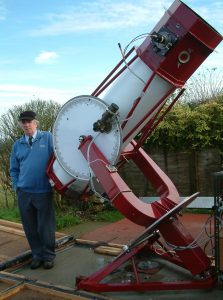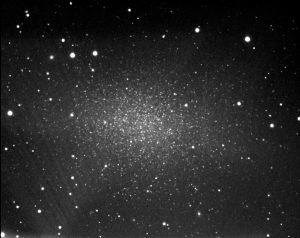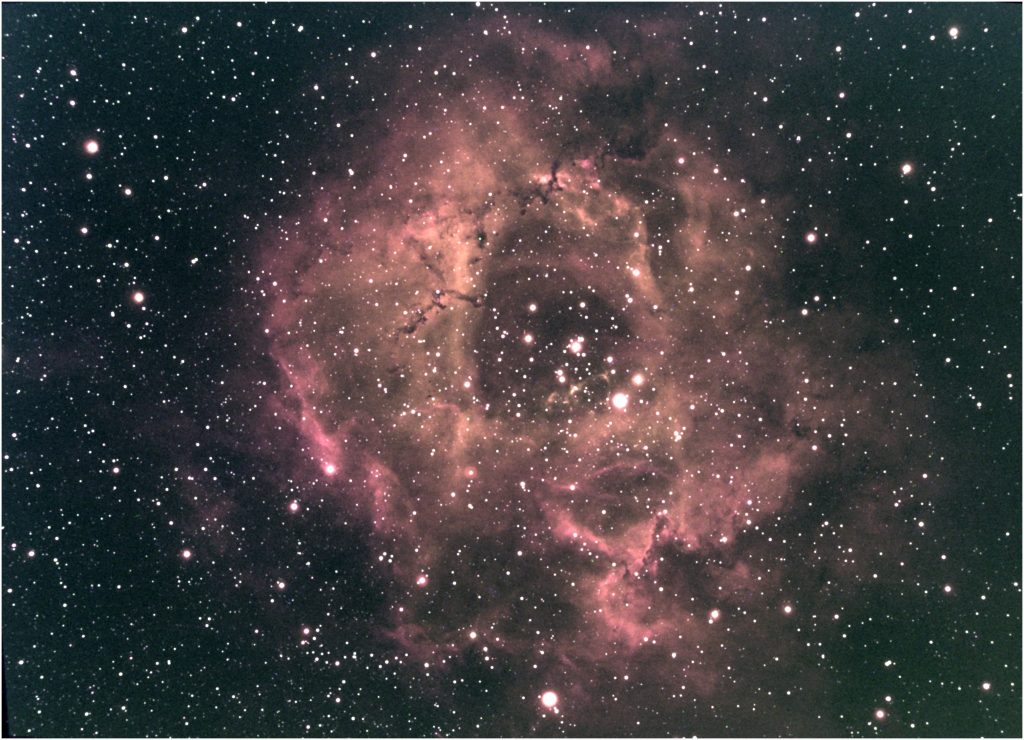2022 April 1
DeepSky Update – 2022 March

There was very sad news this month, of the passing of Ron Arbour, founder and first director of the Deep Sky Section, back in 1981. Looking back at old Journals of the time I note that originally it was called the Deep Space Section, but within a few months Space was replaced by Sky. Ron Arbour’s main contribution to observational astronomy was his supernova patrols. Although in my talk at the March BAA meeting I mentioned that I thought his number of discoveries was 46, Guy Hurst contacted me to suggest the number was (according to his records) 47 – in fact I had missed one from Guy’s annual reports. But the total number is perhaps not completely certain. But his total was certainly a great achievement . Ron was also an expert on the mechanics and optics of telescopes, and getting the best out of them. He will be greatly missed. There will be a full obituary in a forthcoming issue of the BAA Journal.
I hope you managed to attend the Section webinar in March and if not view it afterwards on our video channels. Also Howard Banich’s webinar on silvering mirrors was really interesting. I’m sure everyone would be keen to get a view through his new 80cm telescope! It does not look to be a ‘cheap’ option but there do appear to be some companies in the UK that offer the same sort of spray silvering chemicals and equipment. I would be very interested to hear from anyone that went down this route and I am sure David Arditti of the Equipment & Techniques section would be too.
Object of Interest – March

Last month’s object of interest was our local group galaxy Leo I. I had a number of reports from members of this target, so very good to receive these. It was a bit tough for the small telescope users. Jim Latham in north Wales reported that he tried before but “have never been able to discern more than a very slight brightening of the sky” and this time was no different. Jim was using a 14 inch Newtonian. Alan Thomas tried with his eVscope, but rather struggled to capture much – it may be at the limit for this scope. Paul Whitmarsh and Tim Haymes managed to resurrect images from their archives. Richard Sargent posted this nice capture in his members album.
I hope that members might like to try more observations of Leo I whilst it is still well placed.
Object of Interest – April
Although April is typically ‘galaxy season’ – my eye alighted on a globular cluster in Coma, just on the edge of the northern part of the Virgo Cluster of galaxies. NGC 4147 is a Shapley Sawyer class IX globular cluster of around magnitude 10, so should be relatively easy for visual observing and imaging. It’s around 1.6 to 1.7 arc-minutes across which will make imaging at high scale a little more tricky. I found no recent images in the online members albums, one sent to me in 2018, and a couple in the archive from 2006 and 2007. I expect enthusiasm for the galaxies in Virgo has meant this globular has got rather overlooked. Please let me know how you get on tracking this one down, and post any images to your Member Album or email me directly.
Clear, dark skies,
Callum
Teaser image: The Rosette nebula by Les Dickens. – Here it is in full

https://britastro.org/wp-content/uploads/2022/04/Arbour2015-Upgraded40cm_f.jpeg
| The British Astronomical Association supports amateur astronomers around the UK and the rest of the world. Find out more about the BAA or join us. |
